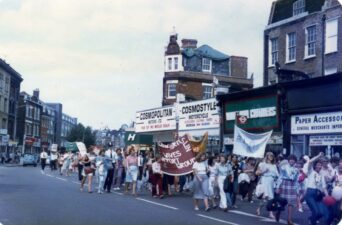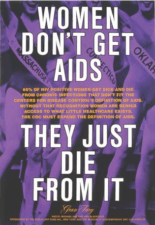Thank you to Carolyn Greenwood from Aspinall London provided the following text and media.
Women’s Workwear Styles: Surviving the Past 100 Years
From the androgynous waistlines of the twenties all the way up to Ally McBeal’s microminis, the history of women’s workwear gives us a unique perspective on the events of the twentieth century as well as the changing role of women.
Which iconic styles have stood the test of time?



1920s
- Women were given the vote and afforded the same political rights as men and won some educational and professional improvements.
- Women ditched the corset, embracing their post-WWI freedom with relaxed shapes and dropped ‘flapper’ waistlines.
- Prosperity of the roaring twenties mirrored in opulent fabrics like silk and velvet.
- Straight, androgynous cuts and short hairstyles.
Iconic Twenties: The cloche hat.
Celebrity Fan: Cara Delevigne

1930s

- The Depression era saw the decadence of the flapper look give way to a new conservative, sophisticated style.
- Simple dresses and neat separates dressed up with carefully-chosen accessories.
- Small, embellished hats worn at an angle.
- The wool suit with shoulder pads and fluted, knee-length skirt epitomises 30s workwear chic.
Iconic Thirties: Gauntlet gloves 
Celebrity Fan: Adele
1940s



- The “waste not want not” era of the Second World War meant clothes were produced with minimal fabric, pleats and trimmings.
- Trousers were adopted by women working on war service out of practical necessity.
- Decorative patterns, florals and polka dots.
- Makeup, curled hair and homemade accessories injected glamour into austere looks.
- Button front blouses and belted jackets.
Iconic Forties: Victory rolls paired with red lipstick.
Celebrity Fan: Gwen Stefani
1950s




- Following the austerity of wartime, the fifties were all about startling silhouettes and full-on ladylike glamour.
- Accessories took centre-stage as women matched their hats, gloves and handbags to their chosen workwear look.
- Skirts were either full or fitted.
- Formal suits in conservative colours with nipped in waists and sloping shoulders.
Iconic Fifties: The Stiletto
Celebrity Fan: Dita Von Teese
1960s


- Jackie Kennedy’s iconic look was everywhere in the early sixties – short boxy jackets were worn with stiletto heels and prim headwear.
- Shift dresses as immortalised by Twiggy.
- Pussy-bow blouses and wool skirts.
- The swinging sixties were all about young people. For the first time, new fashions –

- like mini skirts – were designed specifically with young buyers in mind.
Iconic Sixties: The pillbox hat.
Celebrity Fan: Carla Bruni
1970s




- As more women joined the workforce, the feminist debate took its toll on seventies workwear – some felt women should wear trousers and others thought that was wrong because it represented wanting to be seen as a man.
- Manmade fabrics
- The iconic jersey wrap dress – perfect for the office or disco.
- Silhouettes: tight on top, loose on bottom.
- Layering was key
Iconic Seventies: The wrap dress
Celebrity Fan: The Duchess of Cambridge
1980s

- By the eighties, we had our first female prime minister and power dressing was in: women proclaimed themselves as equals in the workplace by dressing more seriously.
- Bigger was better – hair, makeup, jewellery and shoulder pads were amped up to extremes.
- The power suit with its huge shoulder pads as seen on the likes of Joan Collins and Margaret Thatcher.
- Bright colours.
- Money, money, money: Expensive clothes ruled all.

Iconic Eighties: The power suit
Celebrity Fan: Beyonce
1990s



- Power dressing was still in for much of the nineties.
- Late nineties saw a return to minimalism in line with the advent of grunge music, with more relaxed styles and muted colours.
- Floral print dresses
- Mary Jane shoes
- Approaching the millennium, things went more conservative with pinstripe tailoring and slim-fit open collar blouses (Ally McBeal-style micromini optional)
Iconic Nineties: The Alice Band
Celebrity Fan: Gywneth Paltrow
Noughties and Now


– A return to classic style and timeless tailoring.
– Power dressing lived on through Samantha Jones in Sex and the City.
– Accessories like statement necklaces used to express personal style
– We are influenced by other decades and cultures now more than ever
– Quirky accessories and vintage prints.
– The availability of designer and high-street pieces allows today’s working woman to create a signature look that’s perfectly her and change it according to her own mood.
Iconic item: Styling up your workwear with the latest “it” handbag has become an iconic component of modern workwear.
Celebrity Fan: All of them!
Aspinal of London – Infographic Copy



